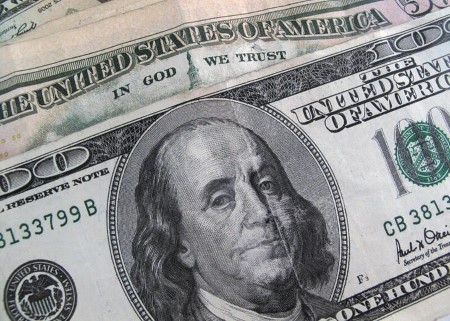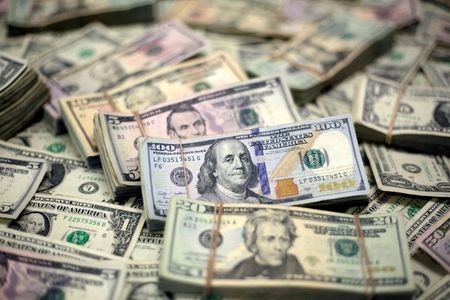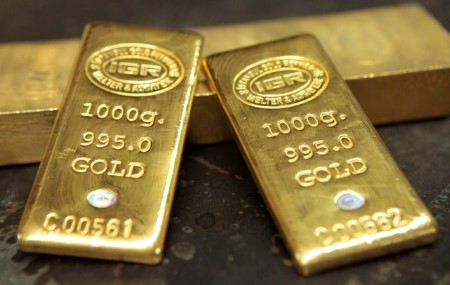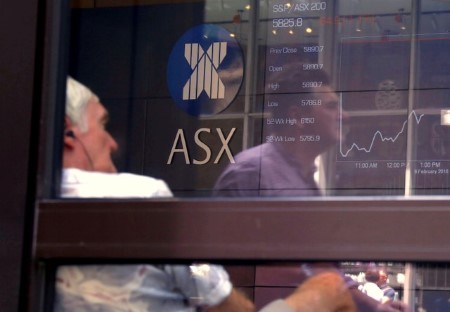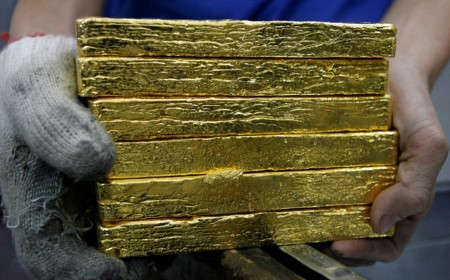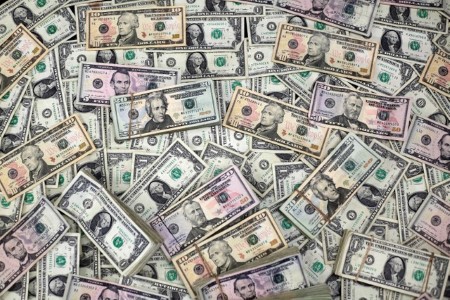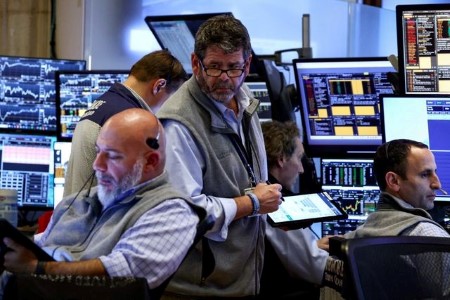Launches of bond-focused exchange traded funds have surged from year-ago levels in 2024, boosted by expectations of interest rate cuts by the Federal Reserve, according to data from CFRA and Strategas.
Nearly 120 bond ETFs have been launched so far this year, compared to 79 at the end of September 2023, data from Strategas showed.
The number of launches has spiked this month, with bond products making up 46% of all ETF debuts, according to CFRA. That compares to an average of about 20% of all launches throughout 2024. New products run the gamut, from those offering municipal bond exposure to others focused on high yields and collateralized loan obligations.
“There are some issuers out there realizing that fixed income is going to be a really big trend in general, and that there’s a unique opportunity to add a product to the market that would be a more creative alternative to the big, broad bond index ETFs,” said Todd Sohn, head of ETF analysis at Strategas.
A key factor driving interest this year has been anticipation that the Fed will cut interest rates in 2024 – a process that began with a 50 basis point reduction last week. Officials have penciled in another 150 basis points in cuts by the end of 2025, according to the Fed’s latest Summary of Economic Projections.
Falling interest rates are seen as beneficial to bonds, since they tend to push down yields, which move inversely to bond prices. Investors have also been eager to lock in yields near multi-decade highs before they fall.
The benchmark 10-year Treasury yield recently stood at around 3.75%, down from a high of just above 5% last October.
Issuers have also been encouraged by the growing inflows in bond ETFs. Average monthly net inflows into US bond ETFs have hit a record USD 25 billion this year, up from USD 17.1 billion in 2023, Strategas data showed. Inflows for September stood at USD 22.9 billion as of Sept. 20, according to Trackinsight, a Paris-based firm that monitors the global ETF industry.
The bond ETF space is dominated by iShares Core US Aggregate Bond ETF and the Vanguard Total Bond Market ETF, each with about USD 120 billion in assets. These two passive bond funds track the Bloomberg US Aggregate index and a float-adjusted version of that index, respectively. However, many of the newer funds in the sector, including a large proportion of this year’s launches, are actively managed, with managers picking what securities they believe are likely to outperform a benchmark.
“Fixed-income investors have a long-standing preference for actively managed products,” said Scott Davis, head of ETFs at Capital Group, noting that nearly 80% of all fixed-income mutual funds fall into that category. In contrast to mutual funds, ETFs are traded on a stock exchange throughout the day and offer instant liquidity.
One of the largest asset management firms to have made a push into ETFs over the last few years, Capital Group launched its USD 1.2 billion Capital Group Core Bond ETF in September 2023.
New products to debut in recent weeks range from the Rockefeller Opportunistic Municipal Bond ETF, which seeks long-term returns from an actively managed portfolio of munis, and the Congress Intermediate Bond Fund, and two suites of “longevity income” ETFs from Stone Ridge Asset Management targeted at retirees and promising reliable income for those over 80.
Signs of rebounding inflation or stronger-than-expected growth could curtail the outlook for how deeply the Fed cuts rates, potentially denting the funds’ returns.
For now, though, issuers are betting the trend in the sector is likely to continue.
Fixed income “has been the logical territory to pursue next, now that the equity index fund space and even active equity have become more crowded,” said Aniket Ullal, head of ETF research and analytics at CFRA.
(Reporting by Suzanne McGee; Editing by Ira Iosebashvili, Anna Driver, and Lisa Shumaker)







 DOWNLOAD
DOWNLOAD




